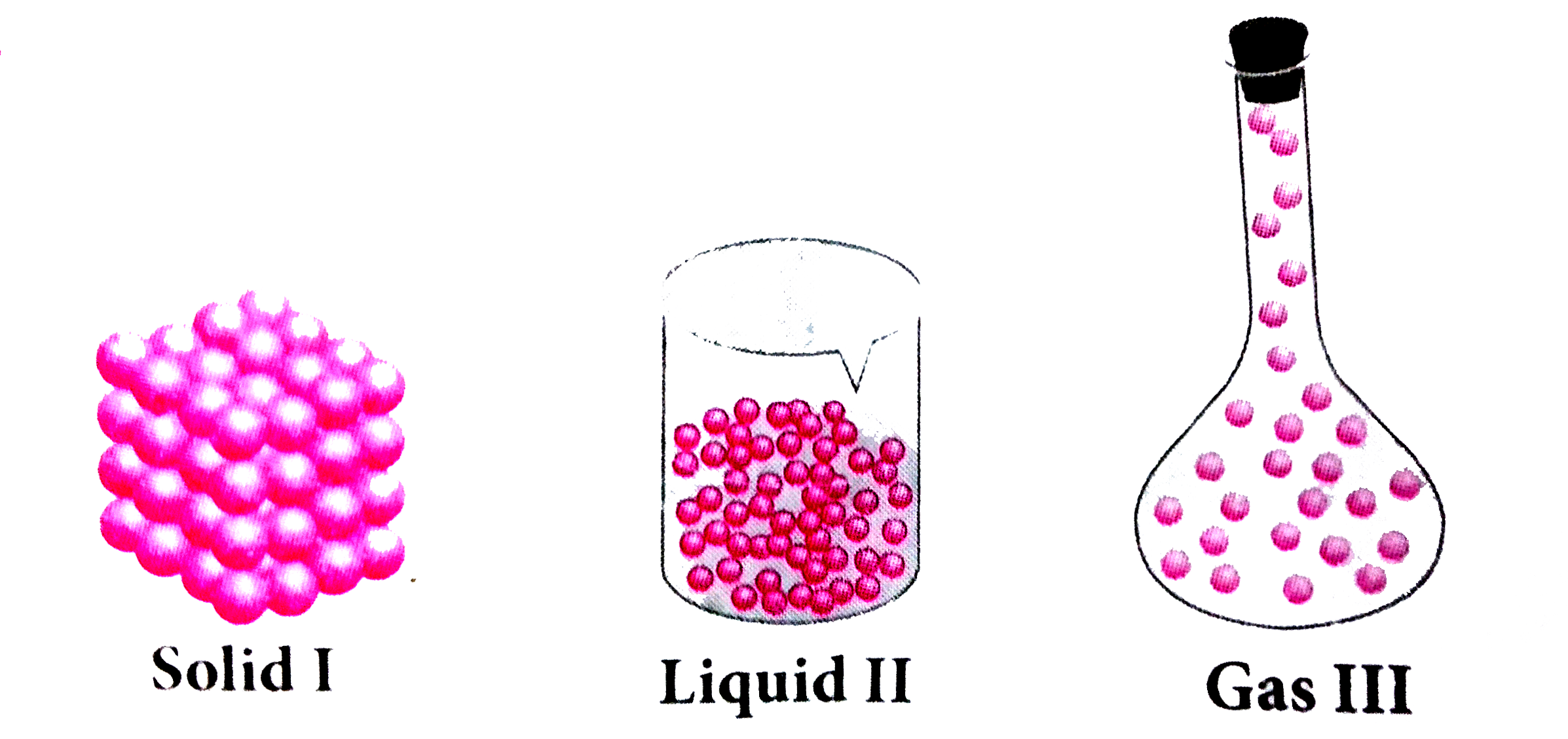Consider the following statements:
Phenyl diazonium salts form azo dye with
I. aniline
II. Phenol
III. N, N - dimethyl aniline
IV. Anisole (methoxybenzene)
The correct statements is
2,3,4 are correct
1,3 and 4 are correct
1,2 and 4 are correct
1,2 and 3 are correct
The correct Answer is:D
To solve the problem, we need to determine which of the given compounds can form azo dyes with phenyl diazonium salts.
1. Understanding Phenyl Diazonium Salts:
- Phenyl diazonium salts have the structure C6H5-N2^+X^-, where X is a counterion (like Cl^-).
- They are weak electrolytes and can undergo diazo coupling reactions.
2. Identifying the Reactivity of Compounds:
- Diazo coupling occurs with aromatic compounds that have activating groups. These activating groups include:
- Hydroxyl group (-OH)
- Amino group (-NH2)
- Alkylamino groups (-NHR, -NR2)
3. Analyzing Each Statement:
- I. Aniline (C6H5-NH2):
- Aniline has an amino group (-NH2), which is an activating group. Therefore, it can form an azo dye with phenyl diazonium salts.
- II. Phenol (C6H5-OH):
- Phenol has a hydroxyl group (-OH), which is also an activating group. Thus, it can form an azo dye with phenyl diazonium salts.
- III. N,N-Dimethyl aniline (C6H5-N(CH3)2):
- N,N-Dimethyl aniline has a dimethylamino group (-N(CH3)2), which is an activating group. Therefore, it can also form an azo dye with phenyl diazonium salts.
- IV. Anisole (C6H5-OCH3):
- Anisole has a methoxy group (-OCH3), which is a weakly activating group. However, it is not sufficiently activating for diazo coupling to occur with phenyl diazonium salts. Therefore, it cannot form an azo dye.
4. Conclusion:
- The correct statements are I (Aniline), II (Phenol), and III (N,N-Dimethyl aniline).
- The incorrect statement is IV (Anisole).
Final Answer:
The correct statements are I, II, and III.
- Phenyl diazonium salts have the structure C6H5-N2^+X^-, where X is a counterion (like Cl^-).
- They are weak electrolytes and can undergo diazo coupling reactions.
- Diazo coupling occurs with aromatic compounds that have activating groups. These activating groups include:
- Hydroxyl group (-OH)
- Amino group (-NH2)
- Alkylamino groups (-NHR, -NR2)
- I. Aniline (C6H5-NH2):
- Aniline has an amino group (-NH2), which is an activating group. Therefore, it can form an azo dye with phenyl diazonium salts.
- II. Phenol (C6H5-OH):
- Phenol has a hydroxyl group (-OH), which is also an activating group. Thus, it can form an azo dye with phenyl diazonium salts.
- III. N,N-Dimethyl aniline (C6H5-N(CH3)2):
- N,N-Dimethyl aniline has a dimethylamino group (-N(CH3)2), which is an activating group. Therefore, it can also form an azo dye with phenyl diazonium salts.
- IV. Anisole (C6H5-OCH3):
- Anisole has a methoxy group (-OCH3), which is a weakly activating group. However, it is not sufficiently activating for diazo coupling to occur with phenyl diazonium salts. Therefore, it cannot form an azo dye.
- The correct statements are I (Aniline), II (Phenol), and III (N,N-Dimethyl aniline).
- The incorrect statement is IV (Anisole).
The correct statements are I, II, and III.
Similar Questions
Knowledge Check
Consider the statement P(n):n2−n+41 is prime. Them which of the following is true?
ABoth P(3) and P(5) are trueBP(3) is true but P(5) is falseCBoth P(3) and P(5) are false.DP(3) is false but P(5) is true.Consider the statement P(n):10n+3 is prime, then which of the following is not true?
A(a)P(1)B(b) P(2)C(c) P(3)D(d) P(4)
Consider the following statements . Apical dominance in plants
I. Allows plant growth
II. Retards the growth of lateral buds
III. Enhances the growth of lateral buds.
Which of these statement is / are correct ?
View SolutionLet f(x)=(2sinx+sin2x2cosx+sin2x⋅1−cosx1−sinx):x∈R.
Consider the following statements.
I. Domain of f is R.
II. Range of f is R.
III. Domain of f is R−(4n−1)π2,n∈I.
IV. Domain of f is R−(4n+1)π2,n∈I.
Which of the following is correct?
View SolutionConsider the statement : P(n):n2−n+41 is prime." Then, which one of the following is true?
View SolutionConsider the following statements :
The mean free path of gas molecules
I. decreases with increase in concentration
II. increases with decrease in pressure at constant temperature
III. decreases with increase in molecular size
Which of the above statements are correct?
View SolutionAssertion : Benzene diazonium salt on boiling with water forms phenol.
Reason : C - N bond is polar.
View SolutionConvert the following equations in statement form: (i) x−5=9 (ii) 5p=20 (iii) 3n+7=1 (iv) M5−2=6
View Solution

